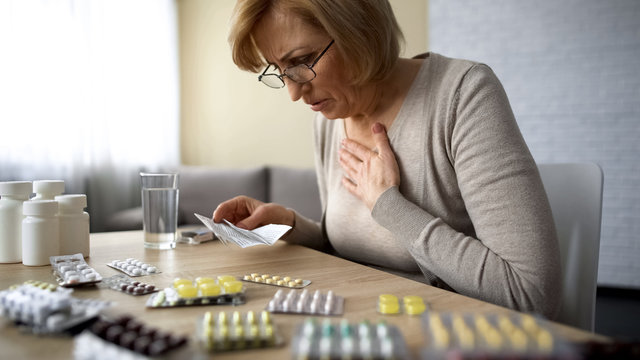Several studies have been carried out on self-medication and self-diagnosis in the last decade. Self-diagnosis is the self-recognition of disease, and self-medication is the ingestion of over-the-counter or controlled medications on one’s initiative.
This phenomenon has been the subject of analysis by various universities and institutions in the U.S, U.K, Spain, and Canada. From the research, we know about the most common denominators of self-medication, the reasons that lead to it, and the irreversible consequences.
Reasons for Self-medication
The main reason for self-medication is the presence of mild or known symptoms. The most critical factors influencing self-diagnosis are:
- Affordable: People are looking for the lowest cost solution. Therefore, if they have to pay for medical care, travel, or lose time, they prefer to look for alternatives independently.
- Sociocultural: People are very liable to letting themselves be influenced and advised by acquaintances, friends, and family. Sometimes it even seems that acquaintances’ recommendations are more valid. Thereby, they are implemented more frequently and cause greater adherence than doctors.
In Canada, self-medication is a routine practice. According to a study conducted by Canadian Drugs Direct, the highest percentage of self-medication occurs in adult women and people with less access to health services and science students. In these groups, directing health education programs to avoid self-medication is a priority.
Most self-medication drugs used in Canada
A Canadian drugstore reveals the most common drugs used in self-medicating after researching. The most self-prescribed medications are:
- Analgesics and anti-inflammatories: These include drugs such as paracetamol, ibuprofen, naproxen, ketorolac, aspirin, and even topical (on the skin) or systemic (oral or injected) corticosteroids, among others.
- Antibiotics: It is less frequent now that they are issued only with a prescription in a Canadian pharmacy. However, as the number of medicines sold in the pharmacy does not correspond exclusively to the period for which the treatment is indicated but rather depends on the presentation of the product, people stick with medications from previous treatments and use them when they see fit.
- Antacids: These include drugs like omeprazole, ranitidine, aluminum, and magnesium hydroxide in suspension or chewable tablets, etc.
One of the main consequences of self-medication is the adverse effects on the gastrointestinal system due to not considering the doses and frequency of treatment. In addition, other consequences include:
- Masking an illness and delaying medical assistance in cases where it is vital
- The appearance of adverse reactions, allergies, and increased resistance to antibiotics
- Risk of drug abuse or dependence
The danger of self-medication
Lack of the desired effect
Medicines that a person takes without a doctor’s prescription do not have a therapeutic effect for a particular type of disease. Accordingly, a person takes a useless drug, and the disease continues to progress.
The emergence of drug-resistant organisms
While self-medicating, a person chooses the dosage and frequency of taking medicine according to the instructions for the drug or the advice of strangers. The wrong dose of antibiotics and the frequency of use contribute to the pathogen developing resistance to this drug. Subsequently, if a person needs treatment again, this antibiotic will be ineffective.
Drug incompatibility
Several drugs cannot be combined, as this weakens or enhances the effect of another drug on the body, which leads to side effects.
Side effects
The most severe consequence is the formation of side effects. There are problems with the gastrointestinal tract. We are talking about nausea, abdominal pain, vomiting, and loose stools. Using antibiotics uncontrollably, a person destroys the normal intestinal microflora, which leads to dysbacteriosis.
Side effects of self-medication can be manifested in tachycardia, pain in the heart, and an increase or decrease in blood pressure. The drugs lead to increased blood clotting, and a person may have a stroke or heart attack. In addition, some medications, on the contrary, thin the blood and increase the risk of bleeding. A person may develop anemia and leukopenia. An allergic reaction is a possible side effect: a rash on the face and body, anaphylactic shock.
Conclusion
Therefore, although there are many over-the-counter medications, it is vitally important to get your drugs from a Canadian pharmacy. Uncertainty is high when self-medicating and can be life-threatening. At Canada Drugs Direct, we can help you prevent the risks of self-medication. Please schedule your appointment; we are waiting for you.
Also Read: What Is Lifestyle Concierge And Its Benefits.

